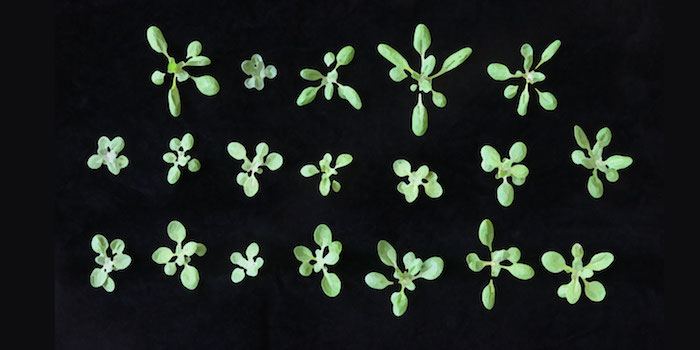
Multiple Mediator Subunits Impact Metabolism
Research, The Plant Cell, The Plant Cell: In a NutshellDolan et al. examine how a complex that regulates gene expression alters the production of phenylpropanoids https://doi.org/10.1105/tpc.17.00282
By Whitney Dolan and Clint Chapple
Background: Plants produce a vast array of compounds known as phenylpropanoids from the amino acid phenylalanine.…
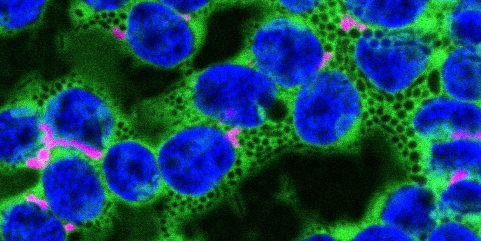
Protection Against Reactive Carbonyl Species
Research, The Plant Cell, The Plant Cell: In a NutshellSchmitz et al. investigate the physiological significance of the glyoxylase system in Arabidopsis https://doi.org/10.1105/tpc.17.00258
By Jessica Schmitz and Veronica G. Maurino
BACKGROUND: In every living cell, side reactions of enzymes and spontaneous reactions of metabolites inevitably…
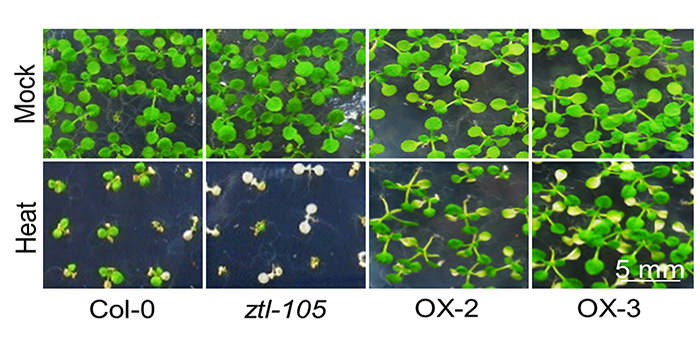
How Plants Clear Toxic Proteins
Research, The Plant Cell, The Plant Cell: In a NutshellGil et al. explore ZTL-mediated protein quality control https://doi.org/10.1105/tpc.17.00612
By Kyung-Eun Gil
Background: As sessile organisms, plants have evolved various mechanisms to adapt to environmental changes. Under stressful conditions such as high temperatures, proteins are misfolded…
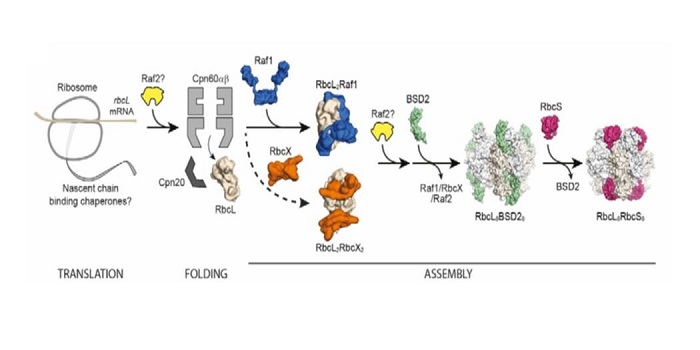
Plant RuBisCo assembly in E. coli with five chloroplast chaperones ($)
Blog, Plant Science Research Weekly, Research, Research BlogIn plants, Ribulose-1,5-bisphosphate carboxylase/oxygenase (RuBisCo), the enzyme responsible for fixing carbon, is a made up of 8 each of the large and small subunits, making the L8S8 form. Efforts to study this enzyme have been thwarted by the inability to assemble an active L8S8 form in a heterologous…

Nitric Oxide and Diatoms
Blog, Plant Physiology, Plant Physiology: On The Inside, Research, Research BlogAll gases in the N cycle, including nitric oxide (NO), are present in oceans, either because of gas exchanges at the air-water interface or because they are produced within oceans themselves. NO, a physiologically important gaseous transmitter, is generated in seawater by nonbiological photochemical…
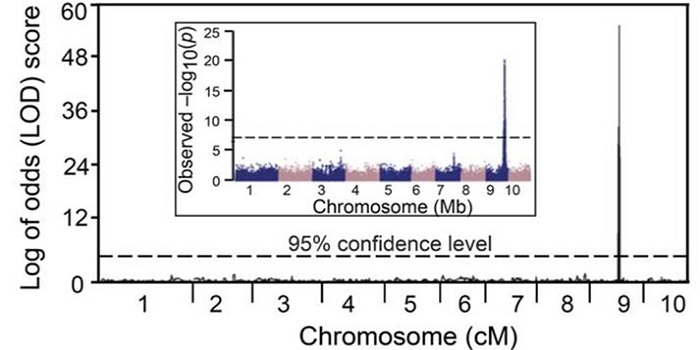
Chemical Defenses of Maize Roots
Blog, Plant Physiology, Plant Physiology: On The Inside, Research, Research BlogOf the many classes of natural products produced by plants, terpenoids are the most structurally diverse, with well over 25,000 established compounds. In maize (Zea mays), terpene olefins are nearly ubiquitous components of induced volatile emissions following biotic stress. In contrast to our understanding…
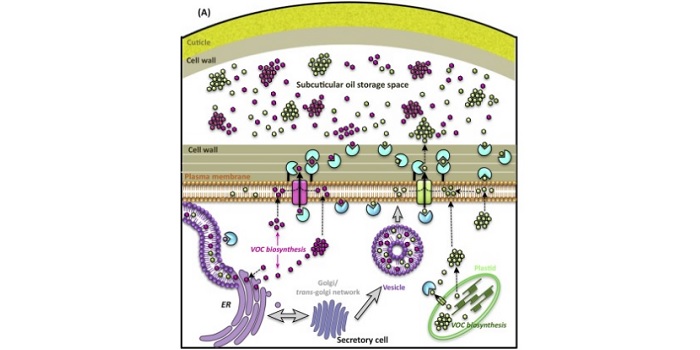
Review: Accumulation of plant volatile organic compounds
Blog, Plant Science Research Weekly, Research, Research BlogPlant glandular trichomes can store and secrete great amounts of volatile organic compounds (VOCs) that are important for a variety of processes, from development to interacting with herbivores. VOCs accumulate in specific extracellular spaces which can be subcuticular or intercellular. The active transport…
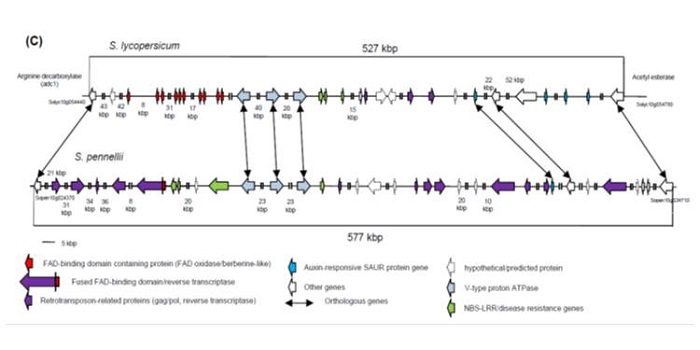
Canalization of tomato fruit metabolism
Blog, Plant Science Research Weekly, Research, Research BlogPlants are noted for their phenotypic plasticity, but there are also examples of phenotypic canalization, which Alseekh et al. define as “the property of those phenotypic traits showing no environmental effect when individuals of a specific genotype are exposed to a set of different environments.”…
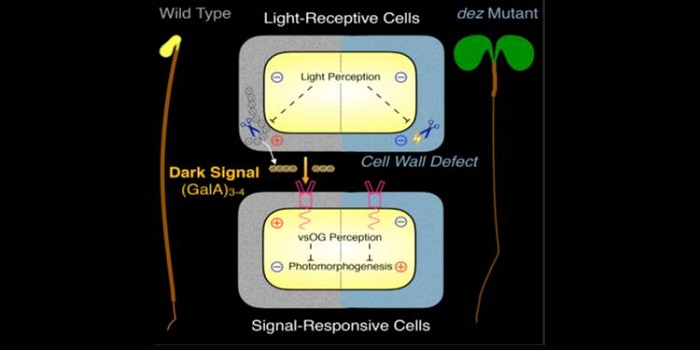
Repression of photomorphogenesis by a small cell-wall-derived dark signal ($)
Blog, Plant Science Research Weekly, Research, Research BlogGenetic screens have revealed many key components of light signaling. In this new work, Sinclair et al. provide new insights into the repression of photomorphogenesis by cell-wall derived signals. They started with a mutant, de-etiolated by zinc (dez) that shows open cotyledons and a short hypocotyl…

